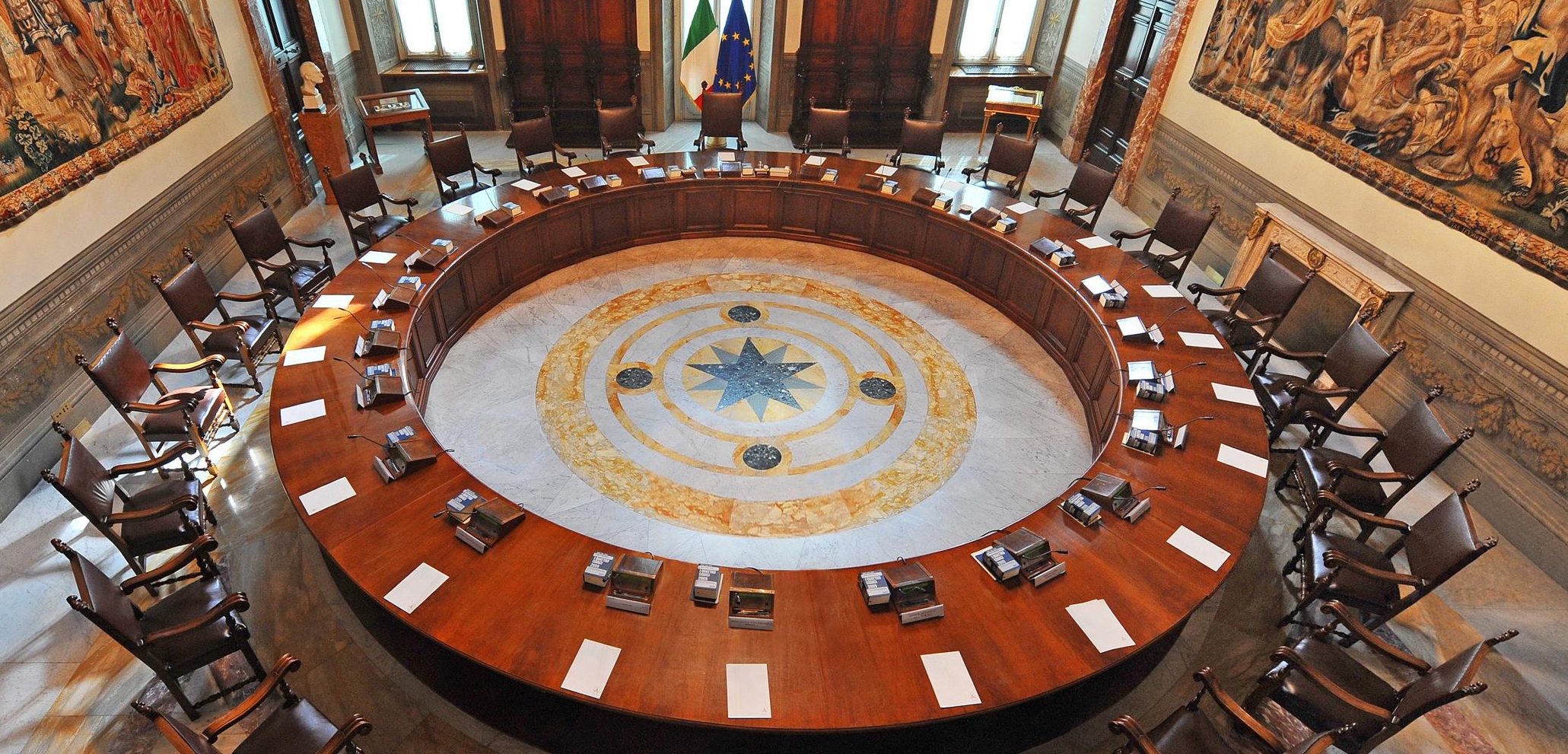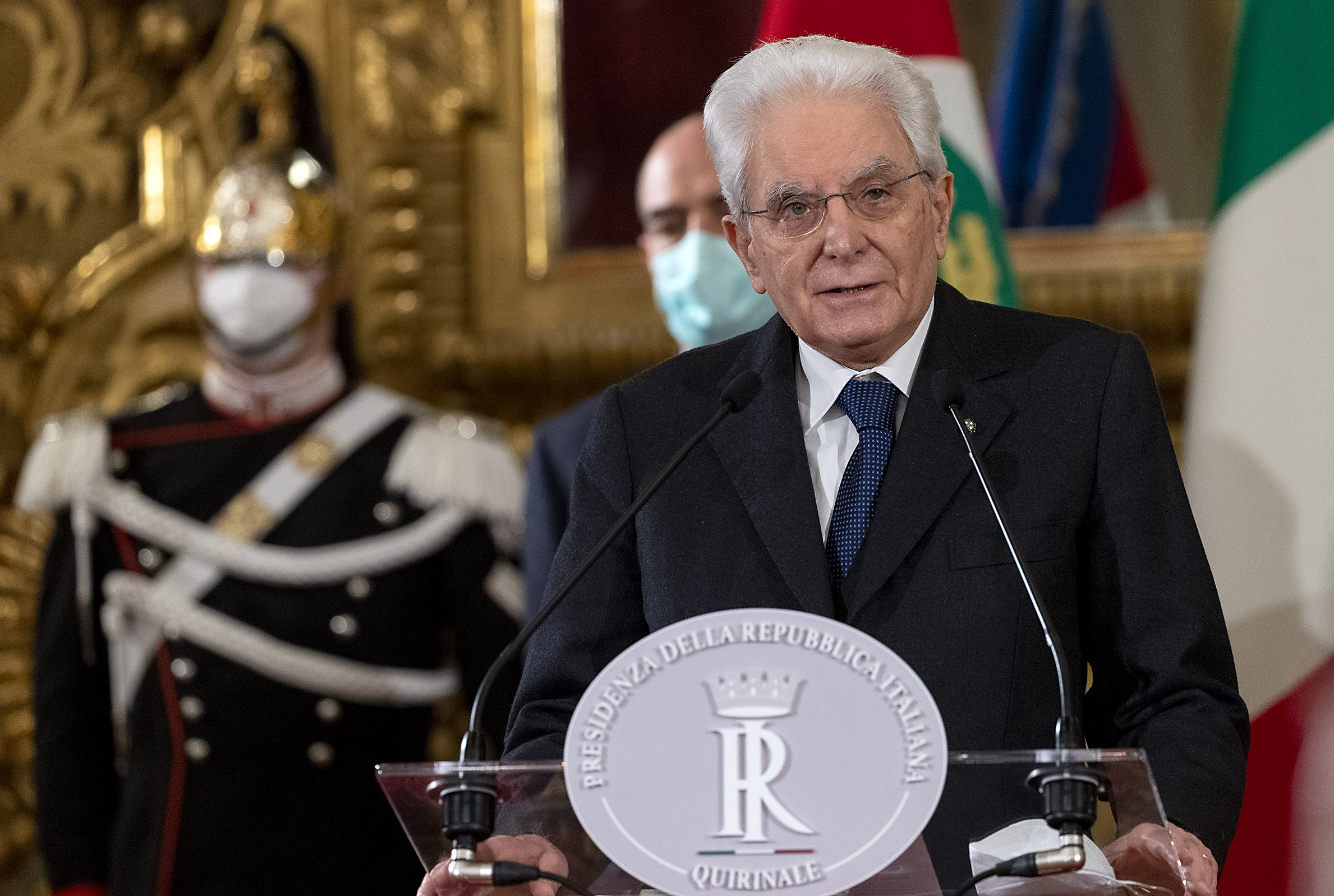Boccaccio, witness of the terrible plague that hit Florence in 1348, allow us to find many analogies with our era and the Coronavirus. He speaks of the useless barricades and of the foolishness with which the disease was faced.
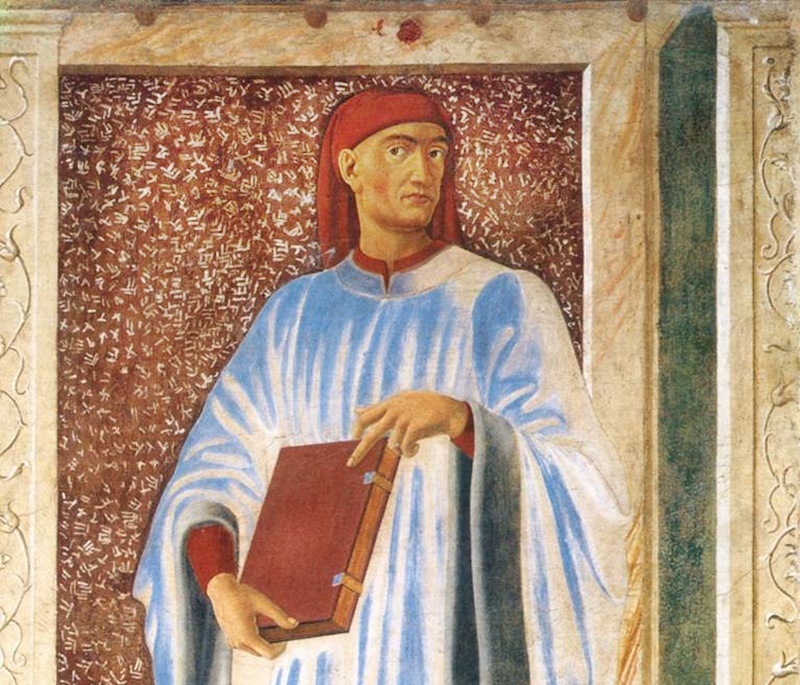
The poet witnesses the death of his stepmother Bice, his uncle Vanni and his father Boccaccino. Furthermore, poets like Matteo Frescobaldi and Franceschino degli Albizzi and the historian Giovanni Villani passed away. He survives with his brother Jacopo.
Boccaccio
The “deadly pestilence“, as he calls it using periphrases, becomes the frame of The Decameron. Boccaccio begun to wrote it precisely in that fatal year and ended in 1350. The chroniclers say that the epidemic, triggered by an eastern outbreak and spread in European port cities, landed in Florence in 1348. The city was already scourged by a severe economic and political crisis.
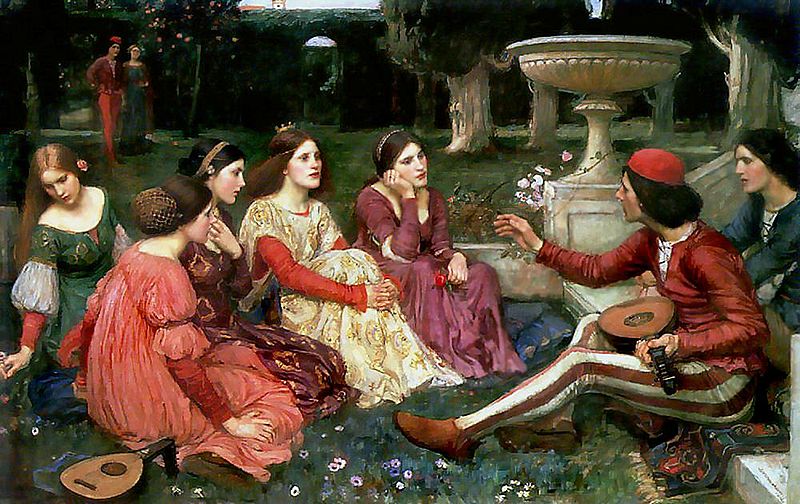
So, over five years, the pandemic from southern Italy extends to the Balkans. One third of the European population died. Boccaccio tells of “the horrible beginning” on which his book is based. It serves as a pretext for reaching the “beautiful and delightful plan” of the short stories. So it begins, with “an honest brigade” of seven girls and three boys. They flee the city, taking refuge in a country villa. There they spent ten days, killing time by telling stories.
Boccaccio and The Decameron
The “Decameron” wants to entertain pleasantly, and represents an ancient “resilience” to be taken as an example today. Boccaccio tells with absolute precision, as a witness, the conditions of the city of Florence. In the lily city, as soon as the disease becomes apparent, people didn’t take remedial actions immediately. But then they close the city, no one could enter or leave it, just as it happens today.
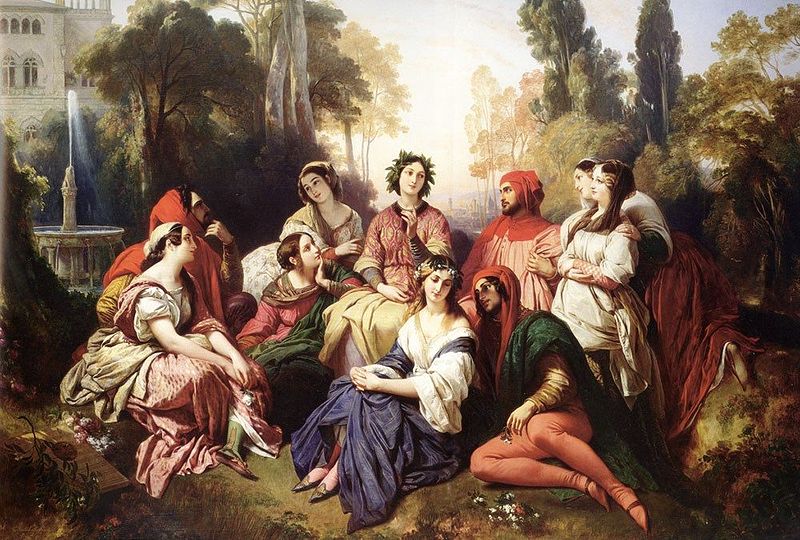
Advise on hygiene conditions, health, trying to avoid contagion were spread. It is noted, however, that even prayers and processions do not stop the disease.Centuries go by, but the reactions and measures are always the same. Boccaccio describes the bulges under the groin and the armpits. We observe the bubos grown as small apples, or as eggs. The swellings then begin to multiply, manifesting themselves in every part of the body and appear as black and bright spots.
Plauge in Florence
Boccaccio says: “the disease is transmitted not only through contact with infected people (…) but even touching the clothes or any other object those sick people touched or used seemed to trasmit that infirmity “. The author does not speak of disinfectants. So someone starts thinking about ward off the plague by changing habits in everyday life. They started to live moderately, giving up superfluous things. They begun to avoid gathering and they decied to stay at home so as not to hear bad news. And they avoided any excess but they indulged in some small pleasure singing together, like today. Others, however, convinced that enjoying life laughing and having fun in company was the best way to overcome evil, ignored it, believing to drive it away.
Quarantine for the plague as for Coronavirus
At the beginning we too thought we could word around #Coronavirus by with shopping, happy hours, spending time in pubs. Yet it didn’t help , and the “Decameron” teaches us. We can find many analogies in it however, substantial differences are also evident. As Boccaccio says, the black plague led to such despair and fright that women abandoned the sick men. Even husbands abandoned wives. Only the charity of a few and the greed of servants who hoped to unpick money for their masters remained. Then when the “ferocity of the plague” began to grow, even funeral cannot be celebrated, as today.
#Italyintheheart



